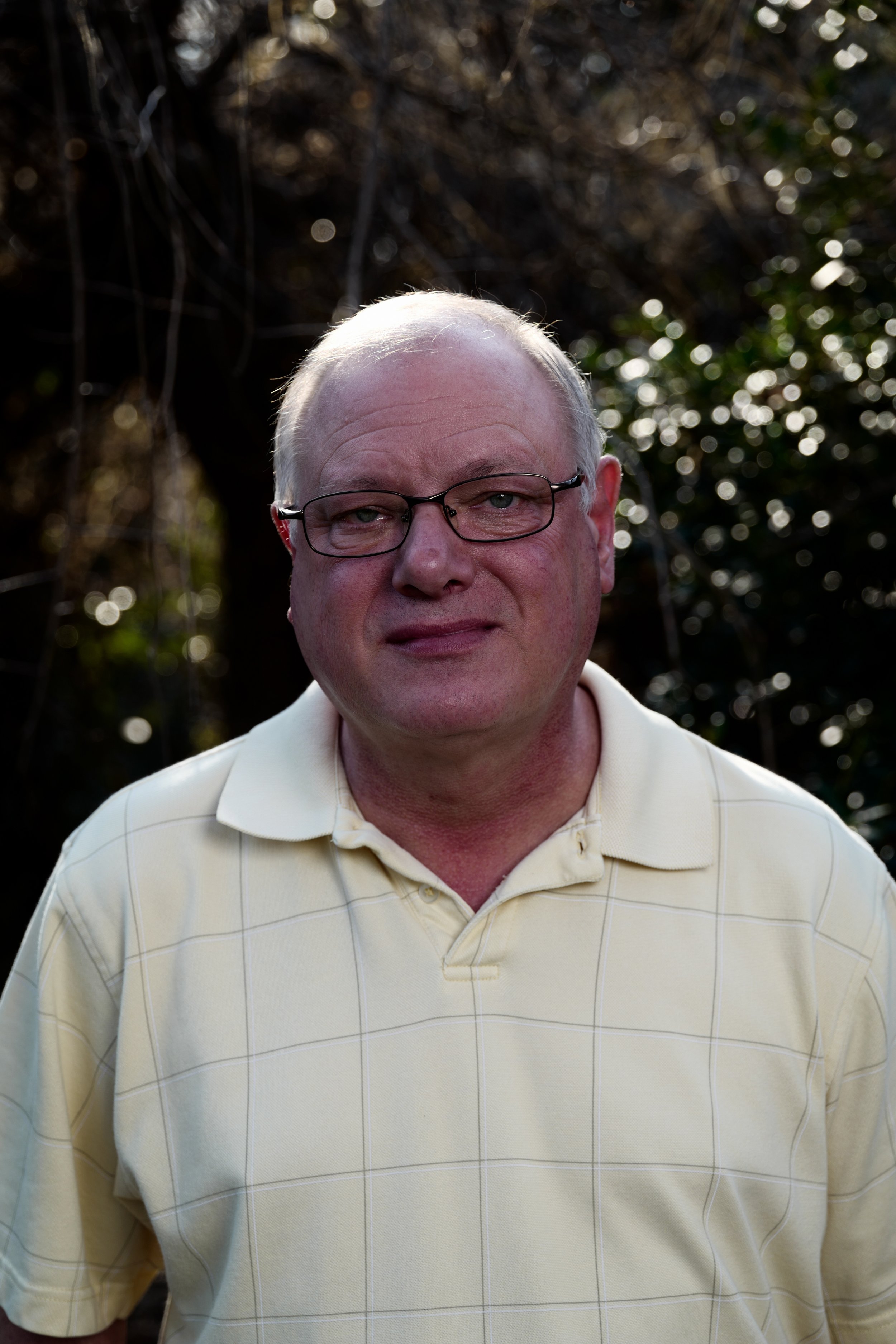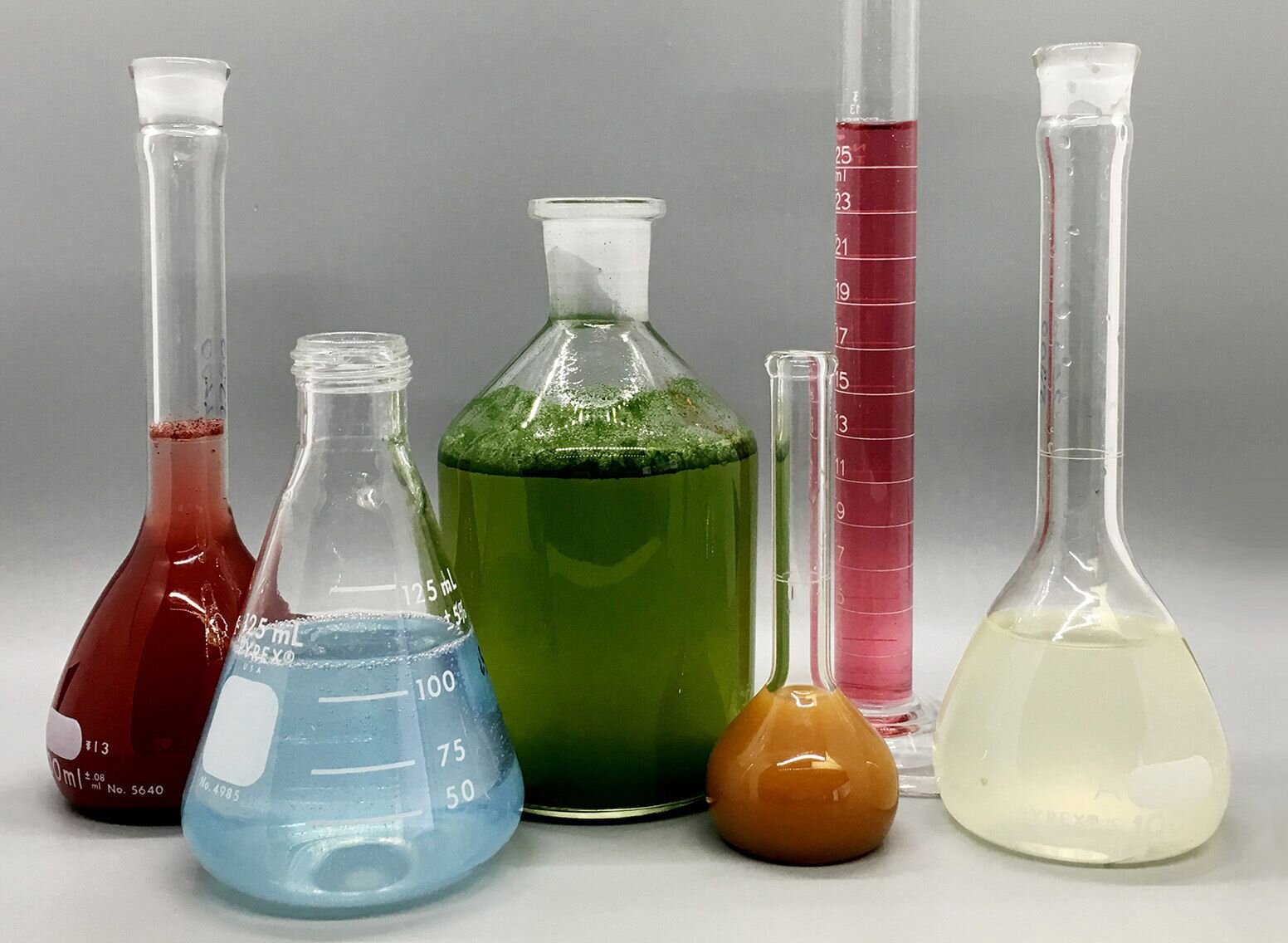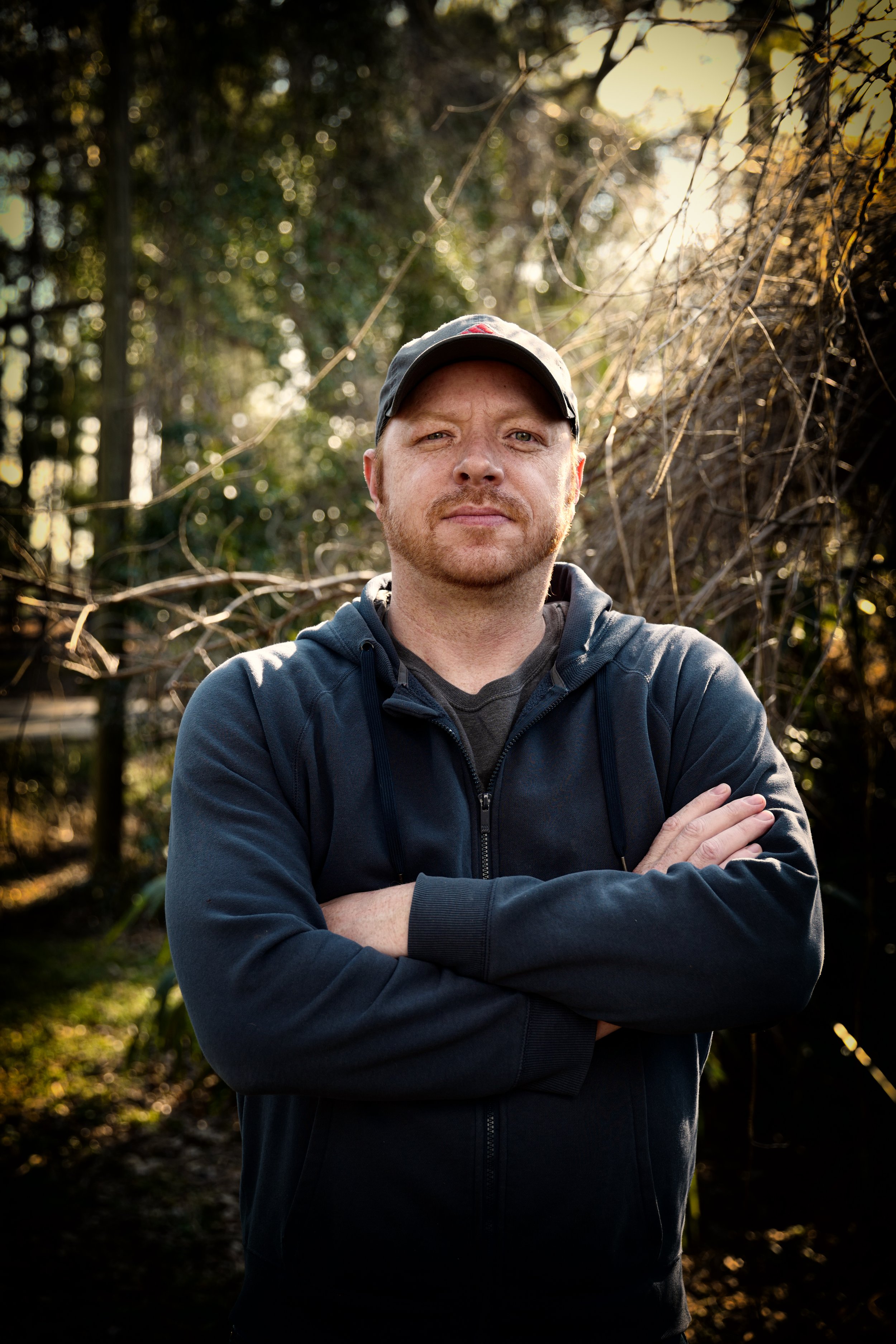How Circularly Polarized Luminescence can Save You Time, Stress, and Money.
How Circularly Polarized Luminescence can Save You Time, Stress, and Money.
Blog Article
Fascination About Circular Dichroism
Table of ContentsThe 10-Second Trick For SpectrophotometersUnknown Facts About Uv/vis/nirThe Circularly Polarized Luminescence StatementsThe Ultimate Guide To Circularly Polarized LuminescenceCircular Dichroism - The Facts

Spectrophotometry is a tool that hinges on the quantitative analysis of particles depending on how much light is absorbed by colored substances.
Indicators on Uv/vis You Should Know
A spectrophotometer is frequently utilized for the measurement of transmittance or reflectance of options, transparent or opaque solids, such as sleek glass, or gases. Although lots of biochemicals are colored, as in, they take in visible light and for that reason can be determined by colorimetric procedures, even colorless biochemicals can often be transformed to colored compounds appropriate for chromogenic color-forming reactions to yield compounds appropriate for colorimetric analysis.: 65 However, they can also be designed to determine the diffusivity on any of the listed light varieties that usually cover around 2002500 nm utilizing various controls and calibrations.
An example of an experiment in which spectrophotometry is utilized is the determination of the equilibrium constant of a solution. A particular chemical response within an option might occur in a forward and reverse direction, where reactants form items and products break down into reactants. Eventually, this chain reaction will reach a point of balance called an equilibrium point.
How Uv/vis/nir can Save You Time, Stress, and Money.
The quantity of light that travels through the solution is indicative of the concentration of certain chemicals that do not allow light to travel through. The absorption of light is due to the interaction of light with the electronic and vibrational modes of molecules. Each kind of particle has an individual set of energy levels associated with the makeup of its chemical bonds and nuclei and therefore will soak up light of specific wavelengths, or energies, resulting in special spectral homes.
Using spectrophotometers covers various scientific fields, such as physics, products science, chemistry, biochemistry. circularly polarized luminescence, chemical engineering, and molecular biology. They are extensively utilized in many markets including semiconductors, laser and optical manufacturing, printing and forensic examination, along with in labs for the study of chemical compounds. Spectrophotometry is frequently used in measurements of enzyme activities, decisions of protein concentrations, decisions of enzymatic kinetic constants, and measurements of ligand binding reactions.: 65 Ultimately, a spectrophotometer has the ability to identify, depending upon the control or calibration, what compounds are present in a target and exactly how much through calculations of observed wavelengths.
This would come as a service to the previously developed spectrophotometers which were not able to soak up the ultraviolet correctly.
The Main Principles Of Uv/vis
It would be discovered that this did not provide satisfactory outcomes, therefore in Model B, there was a shift from a glass to a quartz prism which permitted better absorbance outcomes - UV/Vis/NIR (https://www.bitchute.com/channel/ZeGQl0AaiFBC/). From there, Design C was born with a change to the wavelength resolution which ended up having three systems of it produced
It was produced from 1941 to 1976 where the price for it in 1941 was US$723 (far-UV accessories were an option at extra cost). In the words of Nobel chemistry laureate Bruce Merrifield, it was "probably the most essential instrument ever established towards the advancement of bioscience." Once it ended up being ceased in 1976, Hewlett-Packard produced the very first commercially available diode-array spectrophotometer in 1979 called the HP 8450A. It irradiates the sample with polychromatic light which the sample soaks up depending on its properties. It is transmitted back by grating the photodiode variety which finds the wavelength region of the spectrum. Ever since, the creation and application of spectrophotometry devices has increased immensely and has ended up being one of the most ingenious instruments of our time.

The Main Principles Of Spectrophotometers
The grating can either be movable or fixed.
In such systems, the grating is repaired and the intensity of each wavelength of light is measured by a various detector in the range. When making transmission measurements, the spectrophotometer quantitatively compares the portion of light that passes through a reference option and a test option, then digitally compares the intensities of the two signals and calculates the percentage of transmission of the sample compared to the recommendation requirement.

Report this page